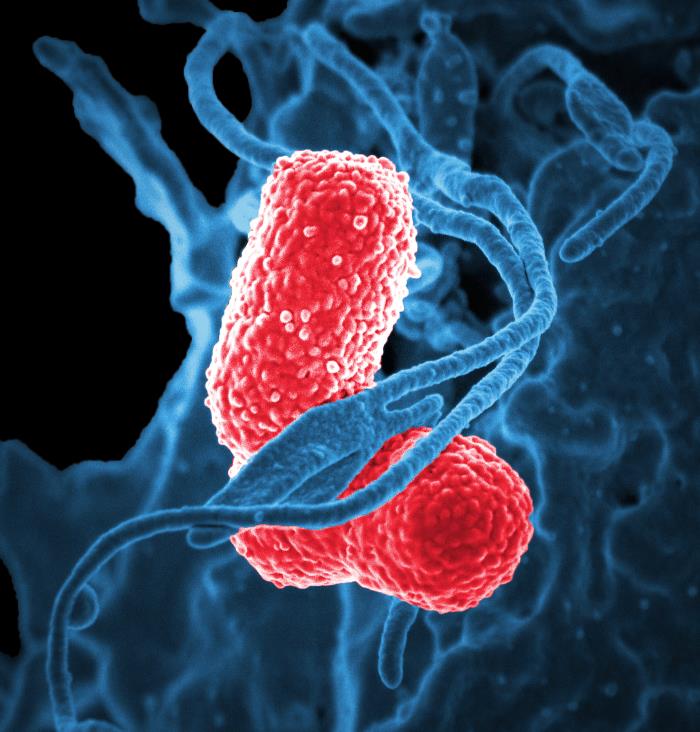
In this study, Klebsiella pneumoniae was suspended in synthetic saliva in a nebulizer (N0) and nebulized for 5 min (N5) into an aerosol chamber and further prolonged in the aerosolization phase for 15 min (A15) under four different conditions: 20°C, 50% relative humidity (RH); 20°C, 80% RH; 30°C, 50% RH; and 30°C, 80% RH. Samples were collected at N0, N5, and A15, then subjected to survival analysis and comparative transcriptomic analysis in order to help elucidate the underlying mechanisms of airborne survival. Survival analysis shows that a higher humidity and lower temperature were favorable for the airborne survival of K. pneumoniae, and the effect of RH was more remarkable at 20°C than that at 30°C.
Read more...







